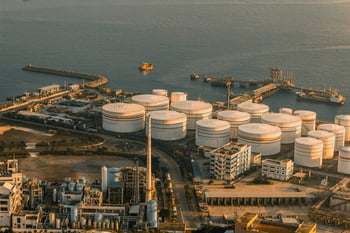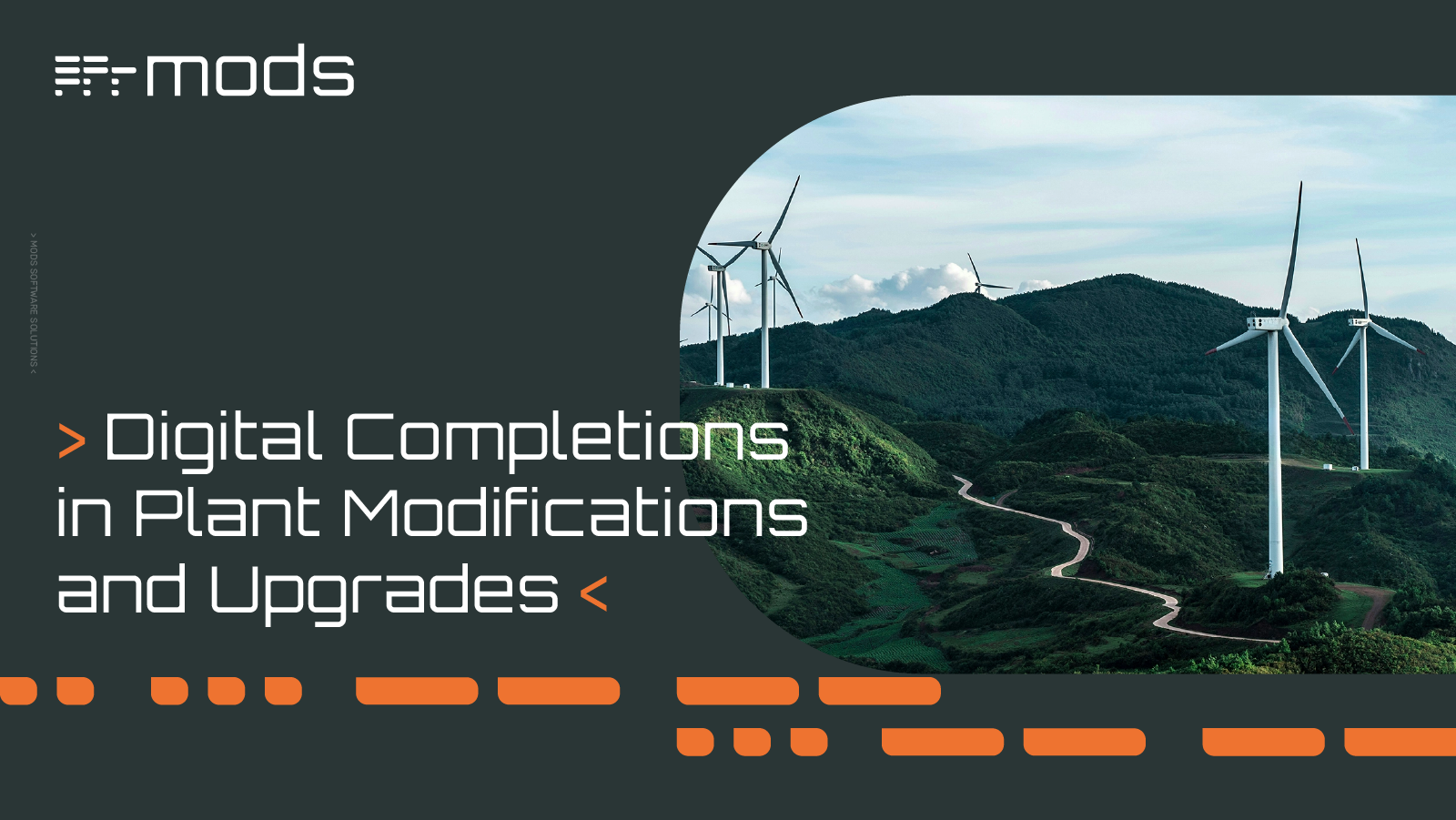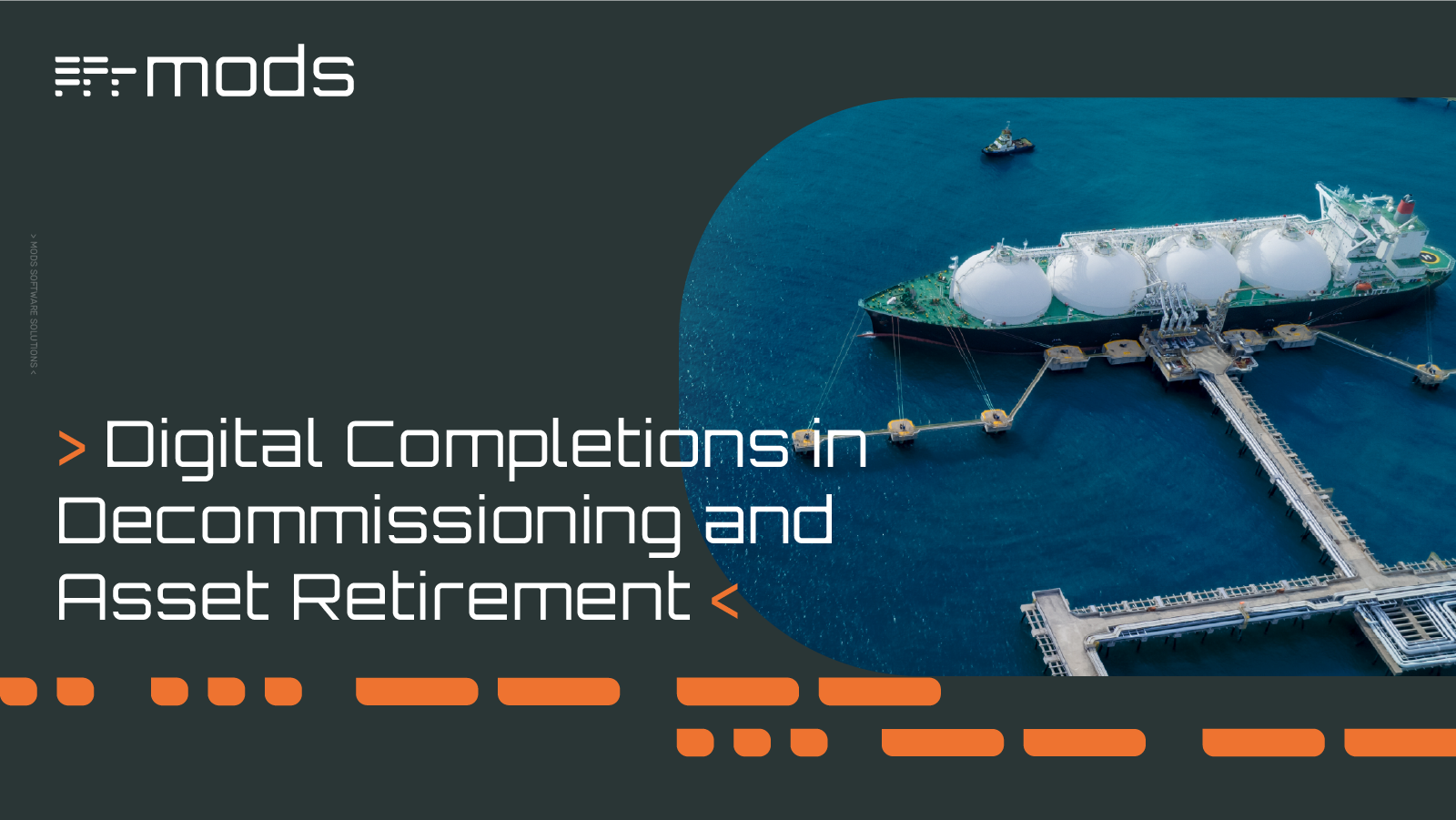Digital Completions in Plant Modifications and Upgrades
Unlike greenfield or any new build construction projects, plant modifications and upgrades present a unique set of challenges. Work is carried out...

For productive industrial facilities, the efficacy of turnarounds (TARs) and temporary shutdowns impact everything from KPIs to profit. TARs are notoriously challenging asset and project phases to manage without deviations to schedule that influence the operational state of play by siphoning resources, causing unnecessary delays and creating an administrative kerfuffle.
This series explores our top 5 insights for your successful TARs and shutdown management:
The quality control (QC) and quality assurance (QA) of information relating to a TAR project is fraught with pitfalls in the absence of a digital information management system. The completeness and correctness of asset and project information have the potential to greatly compromise project outcomes if the appropriate information management oversight does not exist.
Firstly, there’s a need to navigate archival asset information and historical records for specifications relating to systems, components and compliance. Further, managing records associated with TAR workflows – work packs, job packs, joint integrity, inspection test records (ITRs) and more - can be cumbersome and overwhelming.
The solution is digital. When asset and project information is stored, managed and accessed digitally using the right software, built-in QC and QA ensure the accuracy and comprehensiveness of your records, avoiding loss of information or gaps in data, which enables a successful handover from contractor to client.
Information not only needs to be complete and accurate, but it also needs to be accessible: easily, by anyone at any level of project involvement and from anywhere.
With cloud-based software solutions, clients can hold contractors to account during TARs and other shutdowns, ensuring that work plans are followed and, if not, understanding what the problems are either in real-time or even before they arise so that corrective measures can be proactively engaged.
Transparency of records including work packs and ITRs also better enable office-based EPC managers to monitor the progress of project engineers, workflows and materials status so as to implement directional changes in a coordinated and seamless fashion should the context dictate.

Asset and TAR project information that is complete, accurate and accessible greatly enhances the ability to communicate among project stakeholders with ease. Digital systems that rely on one shared database of information as a single-source of truth eliminate the need to navigate through reams upon reams of paper searching for information.
An easily accessible database of all information related to the TAR project allows for crystalline clarity when communicating contractor responsibilities. TAR software solutions also allow owner-operators to easily transfer site-specific knowledge to the contractor, minimizing ambiguity and the administrative burden associated with conveying and digesting bucketloads of technical material.
Contractors and owner-operators alike can have full confidence in understanding TAR progress and the next project steps when everyone is drawing from the same quality-assured information. And, requests for information can be fulfilled with a couple of clicks of a button.
Even though TARs would typically be pre-scheduled well in advance as part of a rotational maintenance scheme, not all temporary shutdowns are predictable and may be responses to a host of variables. It’s one of the reasons it’s so beneficial to have a digital system in place, so that any and all TARs and shutdowns can be managed from a standpoint of reliable knowledge, enabling proactive action, even under the most precarious of circumstances.
The bottom line is that TARs and temporary shutdowns – regardless of their nature – need to be navigated around ongoing operations. Navigating around simultaneous operations (SIMOPS) can pose a real problem for executing efficient TARs.
A safety-first culture for industrial EPC work is a non-negotiable. Moving parts, active systems, a dynamic work environment with heavy plant, workers with differing focus, and pressures for fast TARs all pose genuine safety concerns. Real-time visuals of the facility in question help. As does reliable digital activity management. Both tools provide a picture of the current state of play, as well as a forecast of what to expect. Knowledge is power. This is very much the case when it comes to safely navigating around SIMOPS during TARs and other shutdowns.

Accessibility of asset and project information that is complete, accurate and transparent drives effective communication, accountability and safety during TARs and other temporary shutdowns. Efficient TARs, however, are also about managing discrete workflows and processes optimally. To accomplish this, contractors need to manage materials in such a way as to avoid unnecessary delays.
Getting materials, equipment and personnel to the right place, at the right time and in the right sequence may sound trivial, but successful project execution can hinge on what can easily become a supply-chain nightmare. To untangle a potential bird’s nest of logistics, digital materials management is the way to go.
With reliable oversight of materials from fabrication through to installation, non-essential operational interruptions and instability can be avoided during TARs. This is, in part, because of the ability to forecast any problems or delays in materials and to tweak the schedule accordingly without compromising project outcomes.
With these 5 insights in mind, contractors and clients can more strategically align, achieving desirable TAR outcomes that are on time, on or under budget, safe and with the tidy handover of digital records enabling streamlined O&M workflows moving forward.

Unlike greenfield or any new build construction projects, plant modifications and upgrades present a unique set of challenges. Work is carried out...

Turnarounds and shutdowns are among the most critical—and stressful—phases in the management and operation of industrial assets. These planned...

Offshore decommissioning and asset retirement present significant logistical, regulatory, safety, fiscal and reputational challenges. The process of...

We’ve highlighted the following 5 insights to help execute successful TARs and shutdown management, as follows Quality assure information...

Our 5 insights for successful TARs and shutdown management are as follows: Quality assure information management to avoid data loss and inaccuracy.

This is the final piece in our series exploring the top 5 insights for successful turnarounds and shutdown management, which are as follows: ...